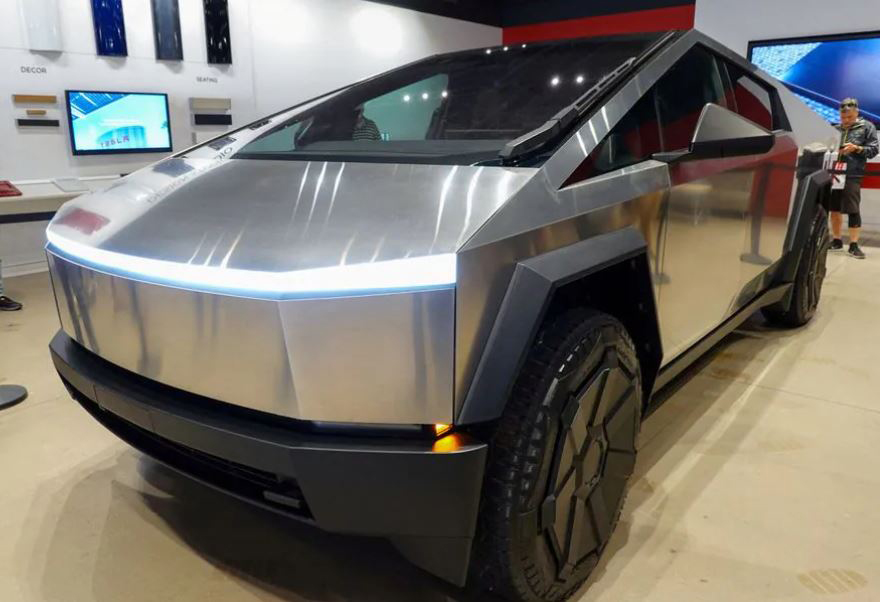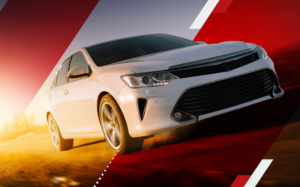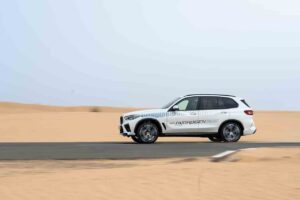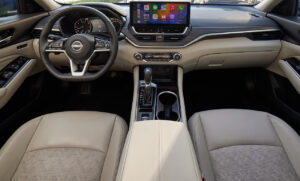Concerns Arise Over Tesla Cybertruck’s Safety as Experts Analyze Crash Test Videos

Dec 11 – Safety experts express worries about the potential risks posed by the angular design of Tesla’s (TSLA.O) Cybertruck, suggesting that its stiff stainless-steel exoskeleton could pose dangers to pedestrians, cyclists, and other vehicles on the road.
In an exclusive report, “Reuters” consulted with six safety professors and officials who reviewed crash test videos of Tesla’s latest electric pickup truck, presented during a webcast delivery event on Nov. 30. While crash test videos were shared on social media, experts emphasized the need for comprehensive crash-test data to draw definitive conclusions regarding the vehicle’s safety.
Adrian Lund, former president of the Insurance Institute for Highway Safety (IIHS), pointed out concerns about the potential impact of the vehicle’s stiff exterior, stating that if the skin is too rigid, it could cause more harm to individuals in a collision.
Tesla highlighted the crash-absorbing structures of the Cybertruck during the launch event, with CEO Elon Musk expressing confidence in its safety for both occupants and pedestrians. However, safety experts, including Lund, have raised questions about the effectiveness of the stainless-steel body panels in absorbing impact during a crash.
George Washington University auto safety professor Samer Hamdar expressed concerns about the limited “crumple zones” in the Cybertruck. While acknowledging potential shock-absorbent mechanisms, he emphasized the importance of effective crumple zones in enhancing crash safety.
The unique design of the Cybertruck, featuring flat planes and long, linear edges, has drawn attention as the first car with a stainless-steel exterior since the DeLorean in 1985. Despite the distinctive design and touted toughness, experts are scrutinizing its safety features.
With prices starting at $60,990, the Cybertruck is not expected to be a high-volume vehicle like Tesla’s Model Y. However, Musk aims for a production rate of around 250,000 Cybertrucks per year by 2025.
Concerns
about potential risks in a collision are particularly focused on those outside the Cybertruck. The absence of traditional crumple zones raises questions about the safety of other vehicles involved in a crash with the Cybertruck.
David Friedman, former acting head of the National Highway Traffic Safety Administration, emphasized the impact on the losing side of a collision, noting that a more rigid Cybertruck could potentially lead to severe damage for the other vehicle involved.
Julia Griswold, director of the University of California, Berkeley’s Safe Transportation Research and Education Center, expressed alarm after reviewing Tesla’s crash test videos. She raised concerns about the heavy weight and high acceleration of the Cybertruck, citing potential risks for non-occupants involved in a collision.
While Tesla has not confirmed whether it will sell the Cybertruck in Europe, there are concerns about its compliance with EU safety rules, which aim to protect pedestrians by limiting external protrusions. The European Transport Safety Council in Brussels issued a statement cautioning against introducing the vehicle in Europe due to potential risks to pedestrians and cyclists.
In the United States, regulatory oversight relies on vehicle manufacturers’ self-testing and certification of safety standards. Elon Musk stated in a recent interview that the Cybertruck had passed regulatory review, with the initial batch already released to buyers.
Tesla’s response to safety concerns raised by experts was not immediately available at the time of reporting. The unique design and materials of the Cybertruck have sparked debates about its overall safety performance, making it a topic of intense scrutiny in the automotive industry.








